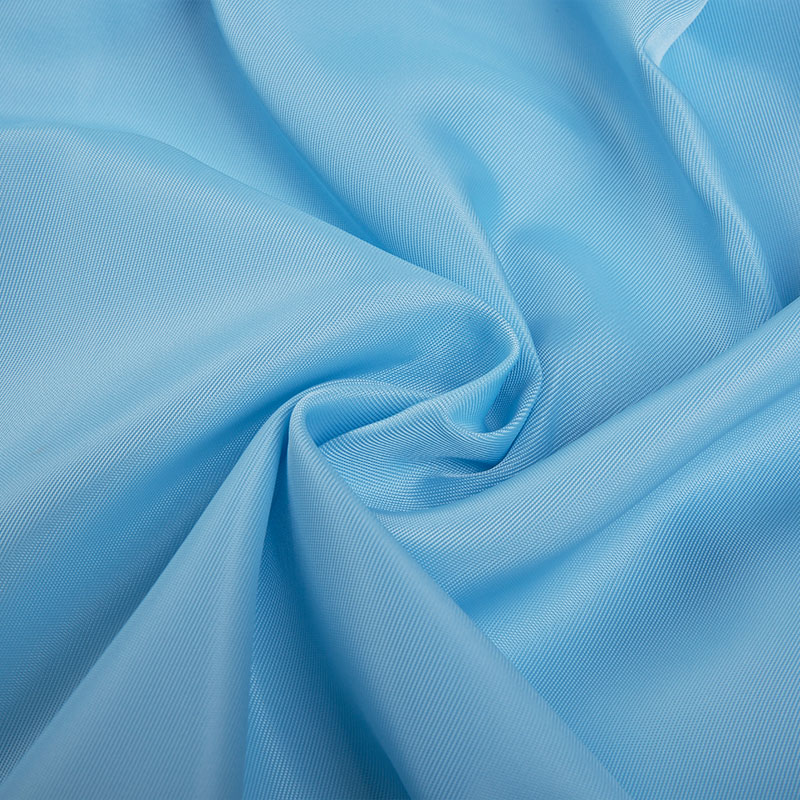Ripstop nylon camping tents fabric has earned its reputation as a trusted ally for adventurers. But what happens when this rugged material faces relentless environmental stressors like UV radiation, moisture, and abrasive terrain? Let’s dive into the science behind its real-world performance and why it remains a top choice for tents that endure.
Real-World Degradation: Battling Time and the Elements
Even the most durable fabrics face wear and tear over time, but ripstop nylon camping tents are engineered to resist the slow creep of degradation. Exposure to sunlight, for instance, can weaken lesser materials through UV radiation, causing fibers to become brittle. However, modern ripstop nylon often incorporates UV-resistant treatments during manufacturing, slowing this process significantly. Studies show that tents made with UV-stabilized ripstop nylon retain 80% of their tensile strength even after 500 hours of UV exposure—a critical factor for prolonged wilderness trips or desert expeditions.

Moisture and temperature fluctuations also test the limits of tent fabrics. While ripstop nylon inherently resists water absorption, repeated freeze-thaw cycles in alpine environments can stress seams and coatings. High-quality ripstop fabrics mitigate this by combining tight weaves with waterproof laminates, such as silicone or polyurethane. These layers not only repel rain but also prevent micro-cracks that lead to leaks. For example, a tent floor made from 40D ripstop nylon with a PU coating can withstand years of rocky ground contact without delaminating, a common issue in cheaper polyester alternatives.
Abrasion Resistance: The Ultimate Test of Toughness
In the wild, tent fabrics face constant friction—from gritty desert sand to jagged mountain rocks. Here, ripstop nylon camping tents fabric shines. Its grid-like weave, reinforced with thicker threads, distributes stress across the material, preventing localized wear. This design is why even lightweight ripstop fabrics outperform standard nylon in abrasion tests. For instance, a 20D ripstop nylon rainfly might endure 10,000 cycles of abrasion testing before showing significant wear, whereas non-ripstop fabrics fail in half as many cycles.
Comparisons with other materials further highlight its edge. While Dyneema boasts superior strength-to-weight ratios, it’s often stiffer and less breathable, making ripstop nylon a more versatile choice for dynamic environments. Additionally, advancements in surface treatments—like Teflon coatings—enhance abrasion resistance without adding bulk. This balance ensures that tents using ripstop nylon stay lightweight yet durable enough for backpackers hauling gear over miles of rough terrain.
Why Ripstop Nylon Stands the Test of Time
The secret to ripstop nylon camping tents’ longevity lies in their adaptability. Whether you’re pitching a tent on a windswept ridge or a humid rainforest floor, this fabric resists the cumulative damage that spells doom for lesser materials. Its ability to shrug off UV rays, moisture, and abrasion makes it a reliable partner for everything from weekend getaways to thru-hikes on the Pacific Crest Trail.
For outdoor enthusiasts, investing in ripstop nylon tents isn’t just about durability—it’s about ensuring every adventure remains uninterrupted by gear failures. As manufacturers continue refining this fabric with eco-friendly coatings and hybrid designs, the future of camping tents looks tougher, smarter, and more resilient than ever.

 English
English Español
Español Deutsch
Deutsch Français
Français












